We are breaking every hill that raises its head above the horizon, gnawing sand from the biggest rivers and the smallest streams and stealing iron from under the forests protected by indigenous tribes. We repurpose limestone sediments that took millions of years to form, transforming them into the cement that holds together the homes and workplaces of India's greatest migration, from the agricultural fields to the growing cities. A migration so immense that maybe only China's may rival it.
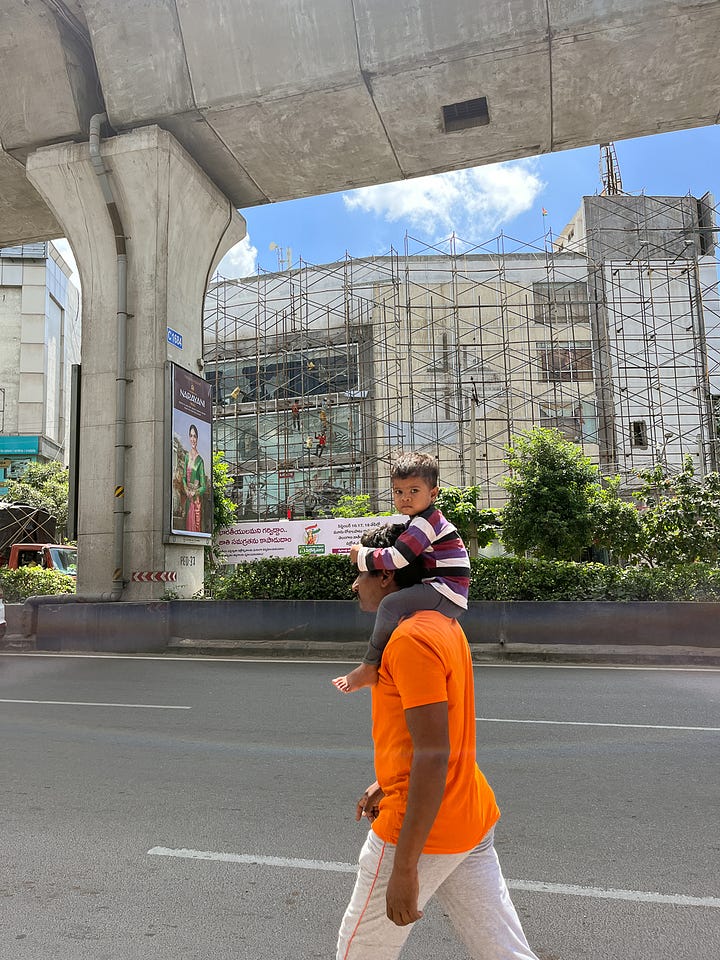
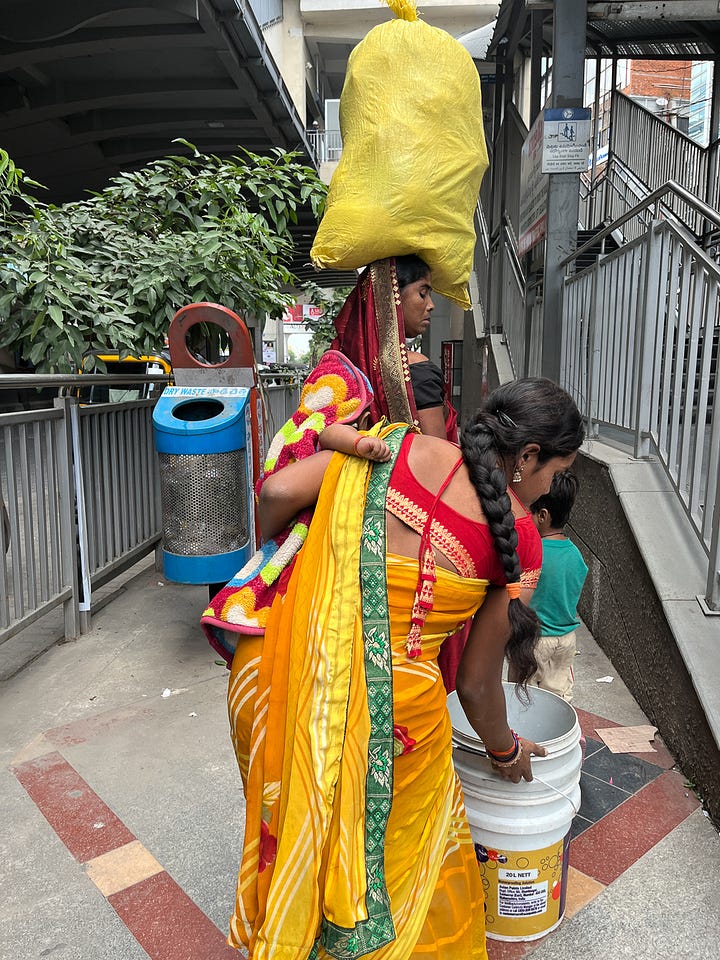
Many years ago, before his well-known translations of Ghachar Ghochar, Sakina’s Kiss or his own book, If It’s Monday, It Must Be Madurai, writer and translator Srinath Perur made an observation that I never forget: the most compelling stories in Kannada literature will and often come from the periphery of the city.
He wasn’t just talking about geography but about the emerging stories and epics of migrants to the city settling down and forming our ever-expanding cities. Their struggles, aspirations, relationships, and interactions with the city rapidly shape the urban landscape culturally and politically.
You can see this in the stories and movies made across the Deccan. After all, much of Bangalore’s population now lives beyond the Outer Ring Road; remember the dreamer in the Kannada movie Luciya or the engineering students in Aavesham? In Mumbai, the island city is no longer its pulsating heart. The sprawling suburbs, expanding on the mainland, now drive its growth. For example, the current Chief Minister of Maharashtra derives his clout from his base in Thane. The city to which the lovers in Sairat ran away, Hyderabad, has flattened most of its iconic rocky hills, transforming into a vast sprawl rivalled only by Pune and the satellite cities it continues to absorb.
Millions of stories, songs, and images await to be written, filmed, and made into reels or TikToks from this periphery.
This photo series introduces you to the landscape where many of our future stories will be written.
This is Any City in India.
Take a deep breath, and the new city finds a place to reside in your lungs.

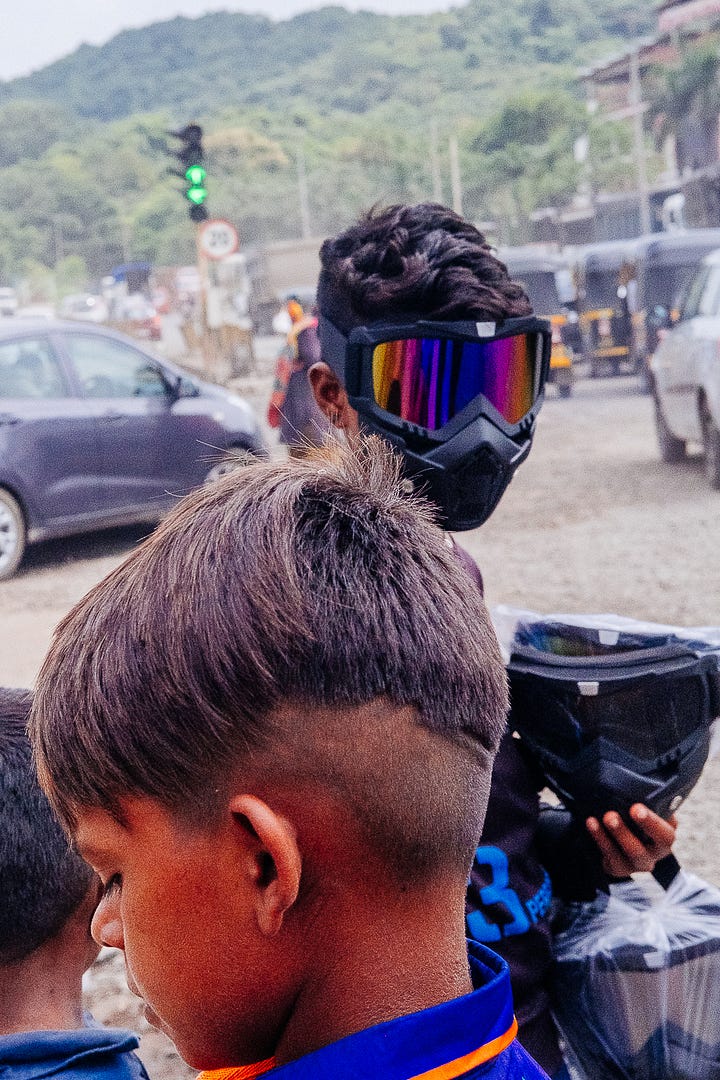
Cities of Dreams.
Thirsty Cities.
Built by people powered by sugary sweet chai.
Cheers!
That’s all, folks.





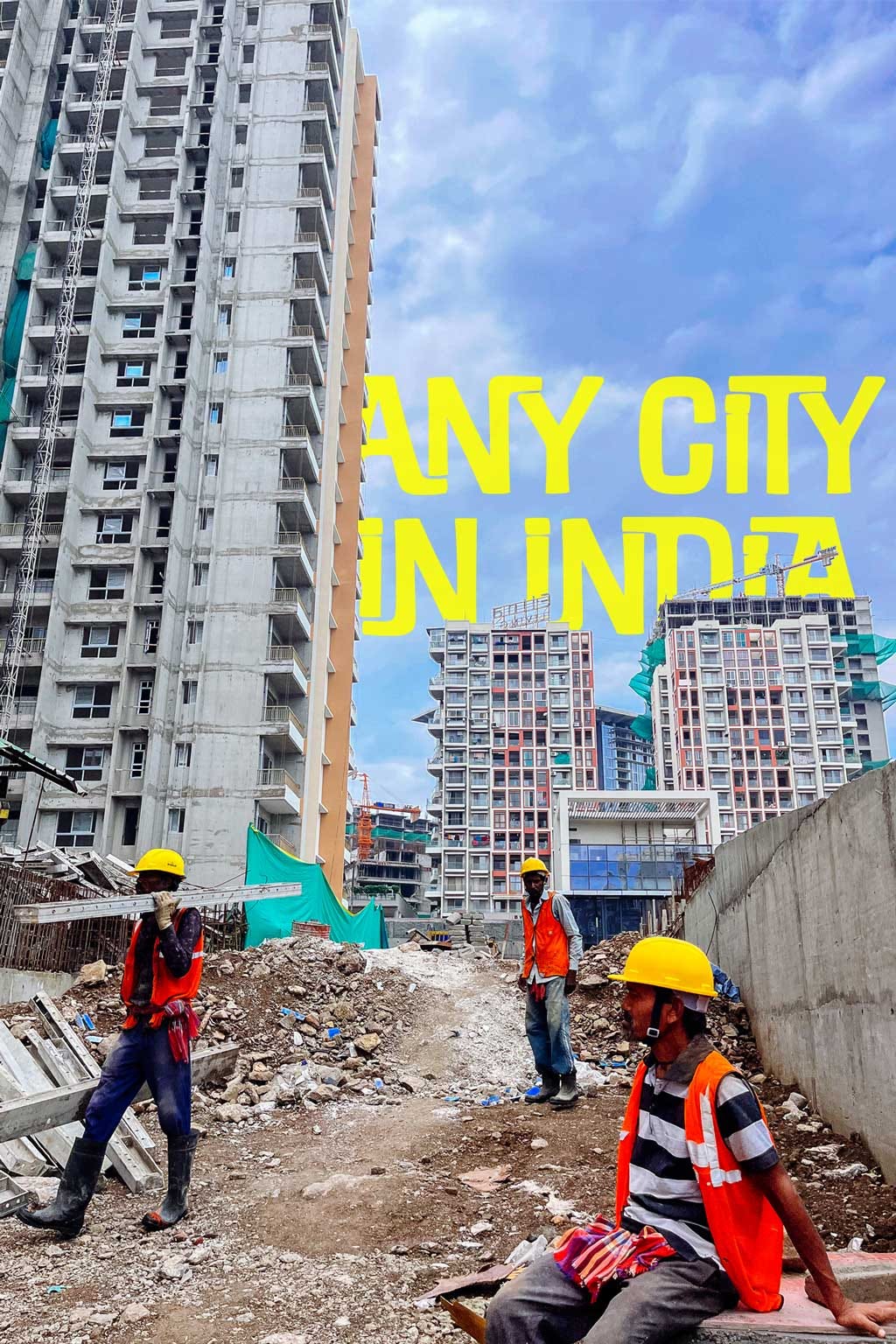
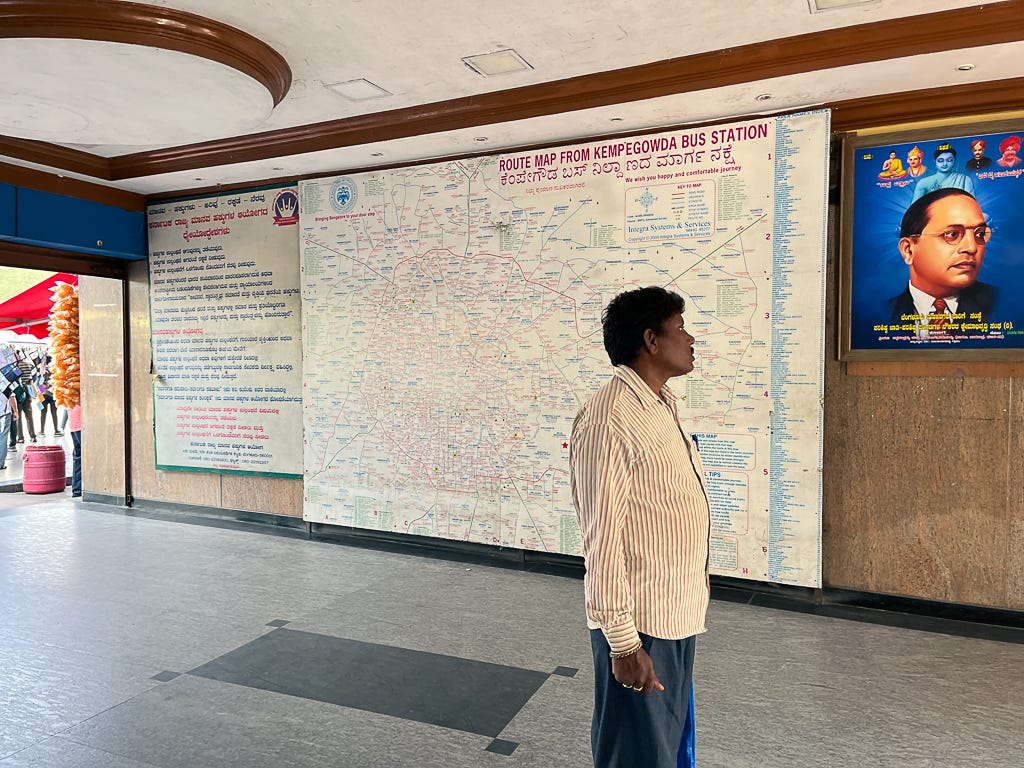
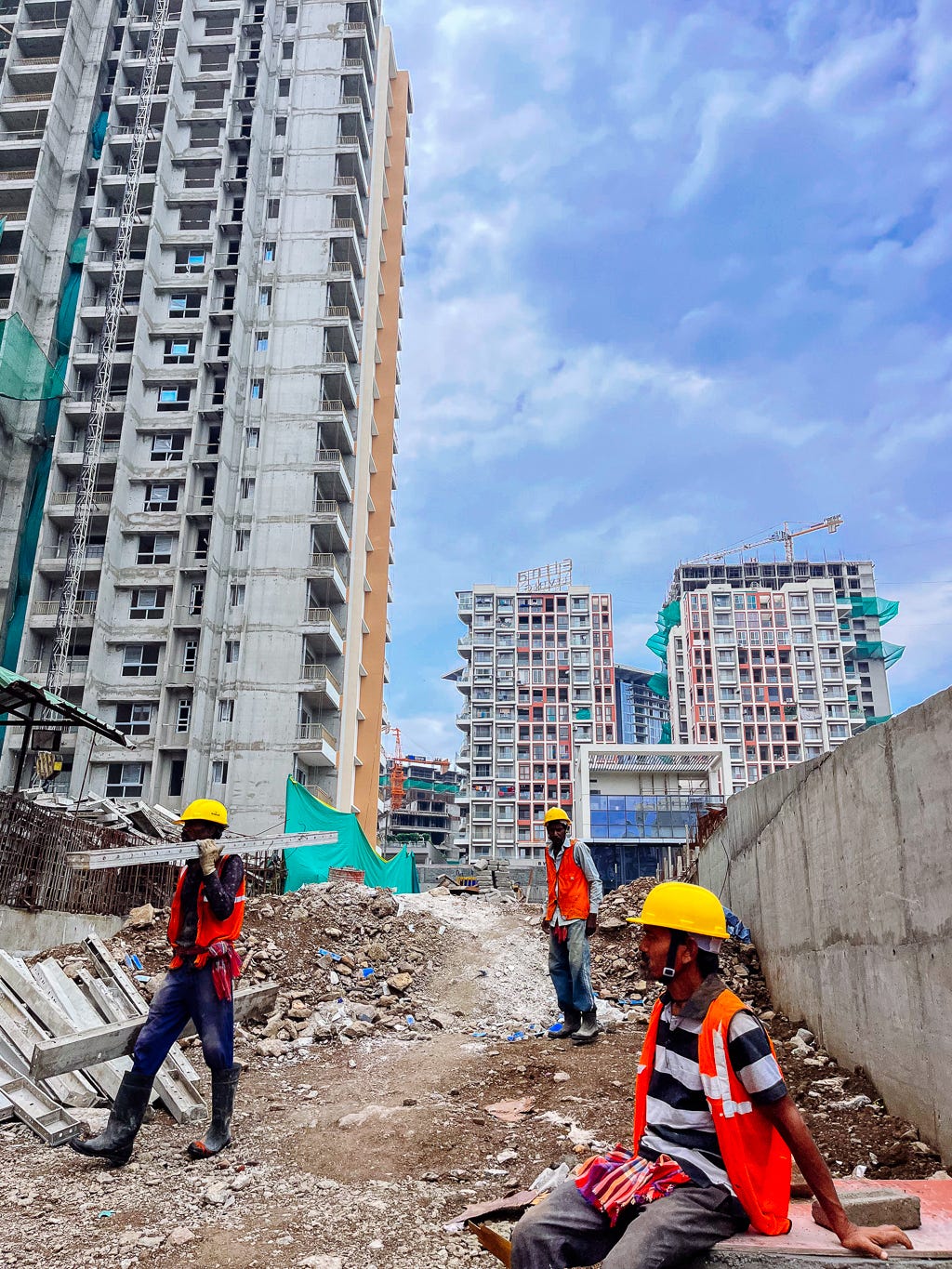
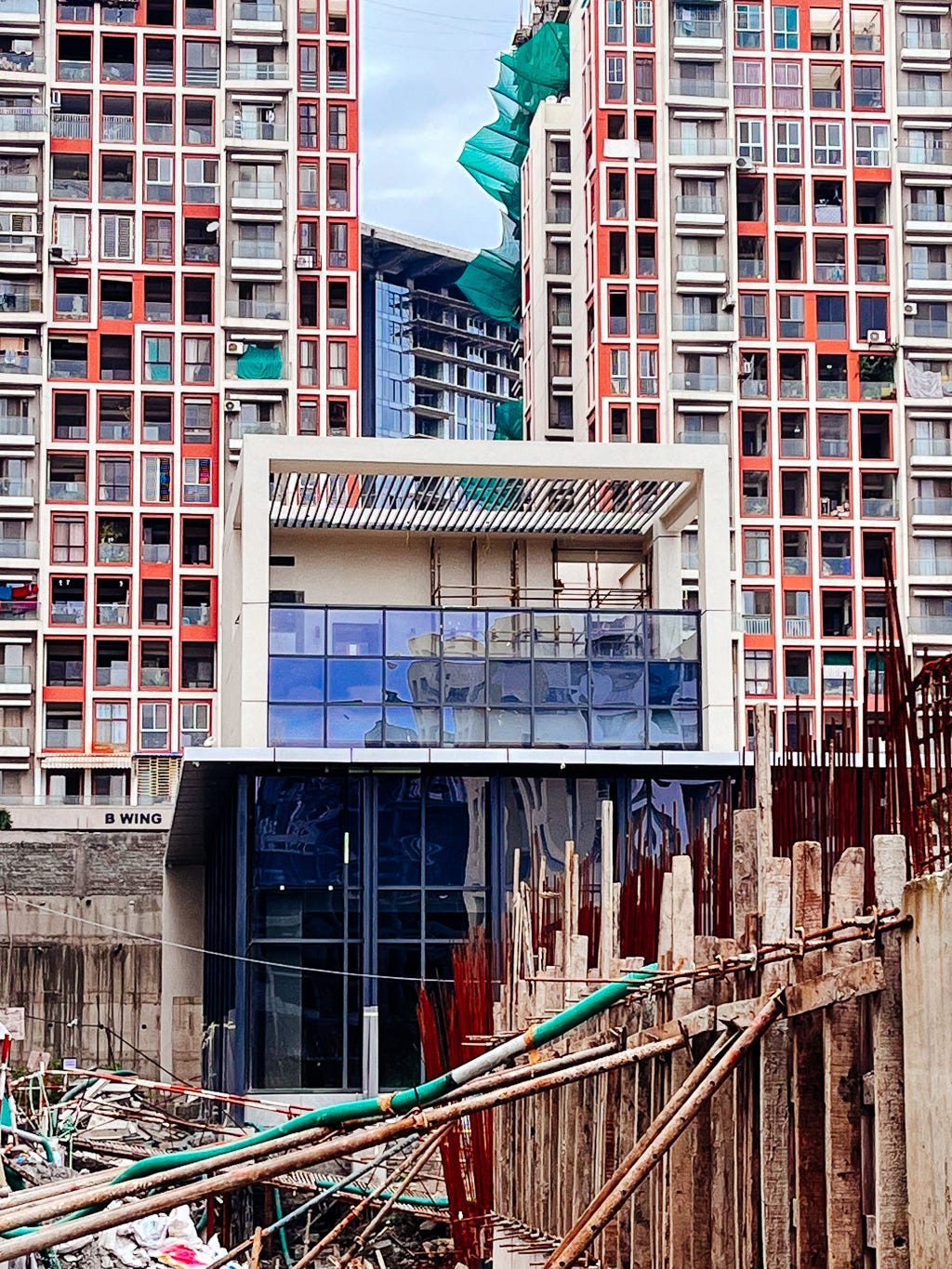
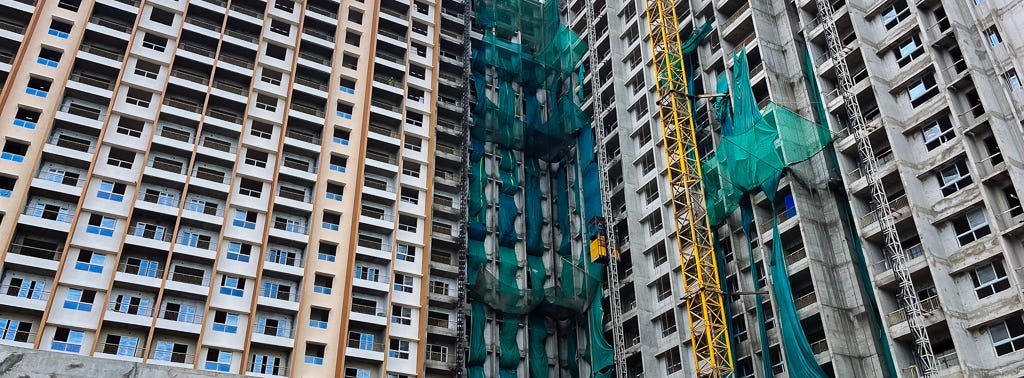
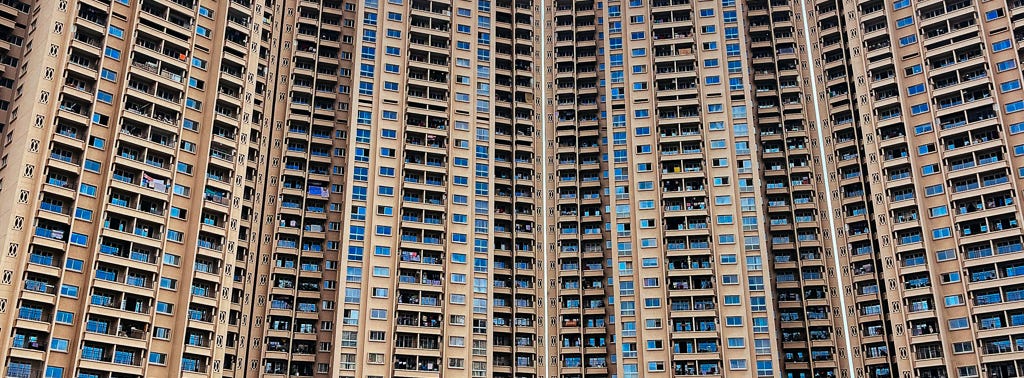
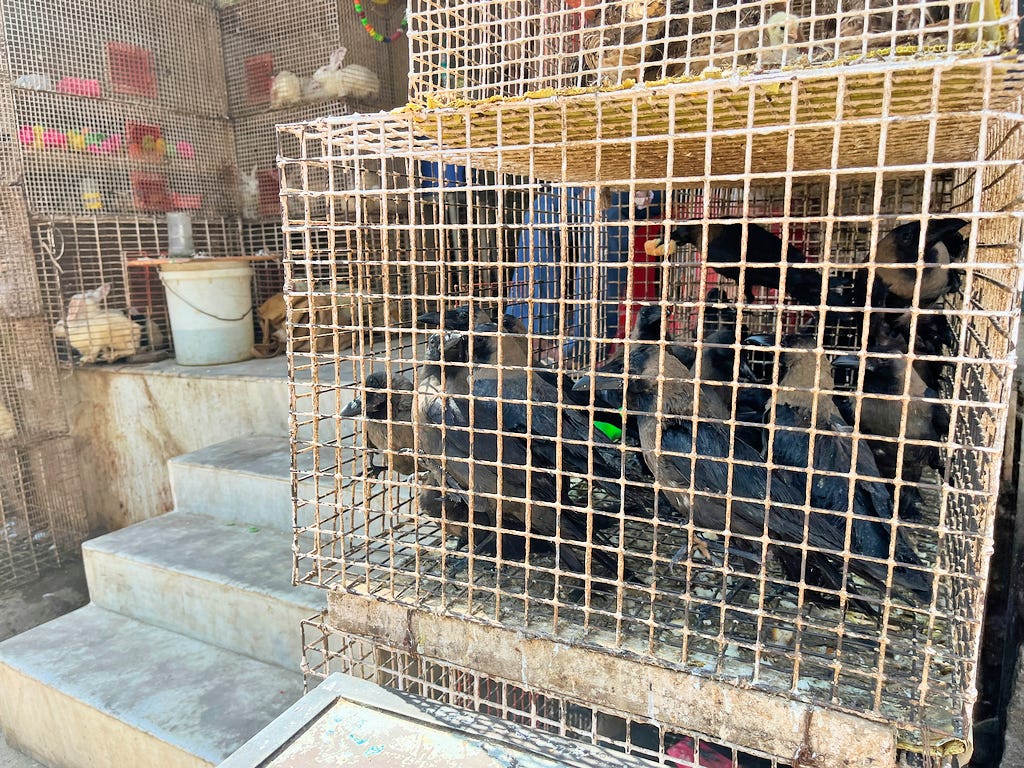



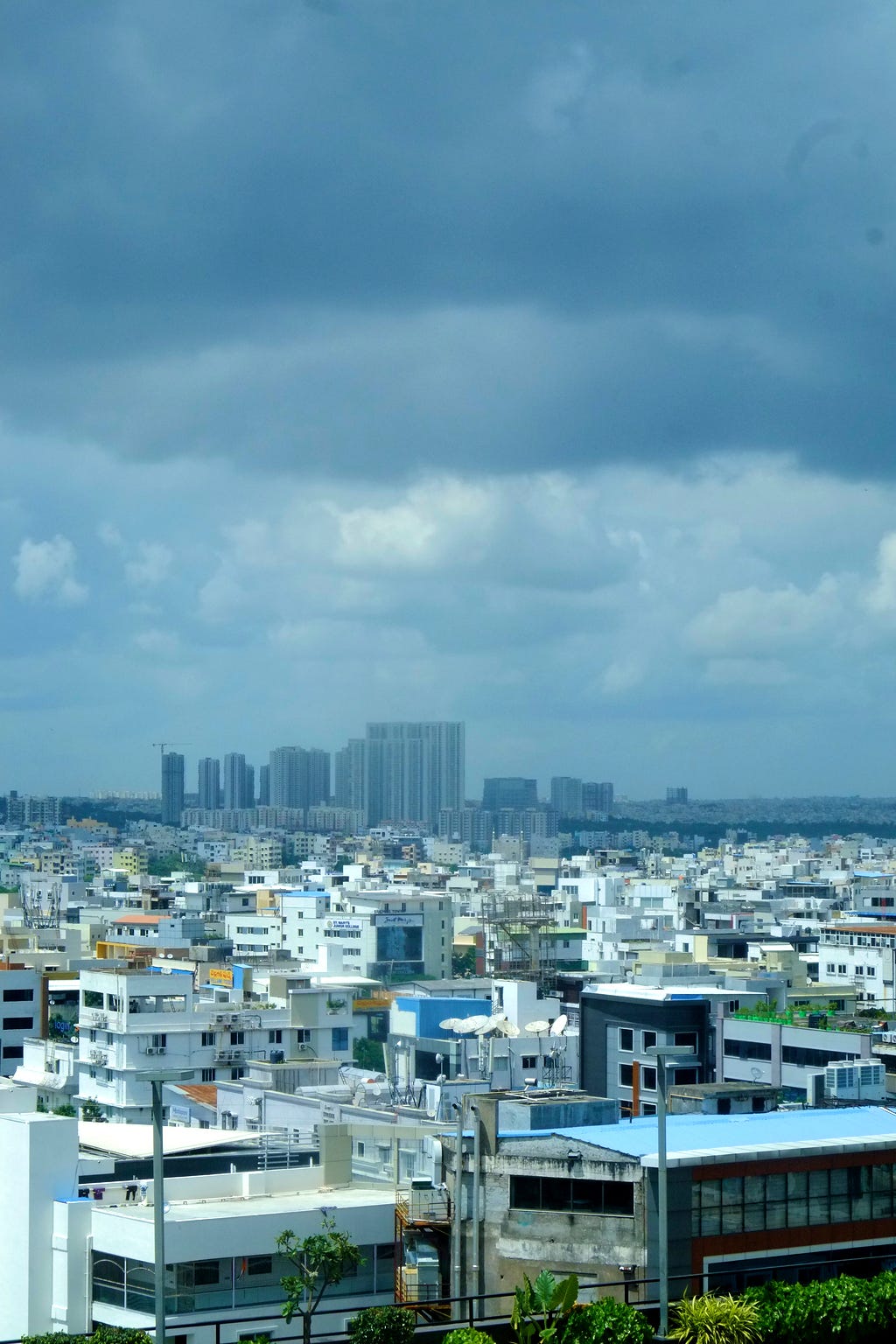

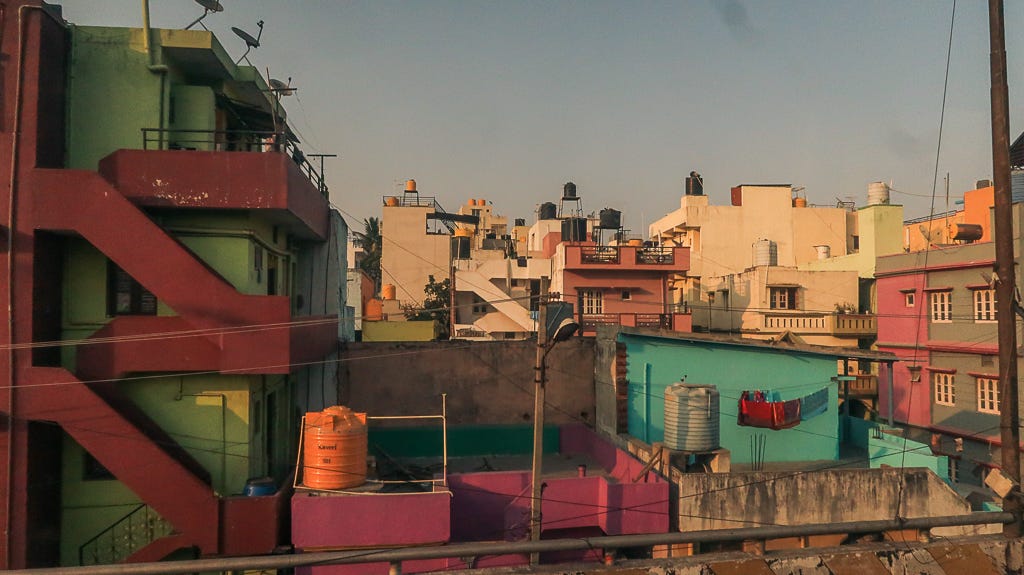
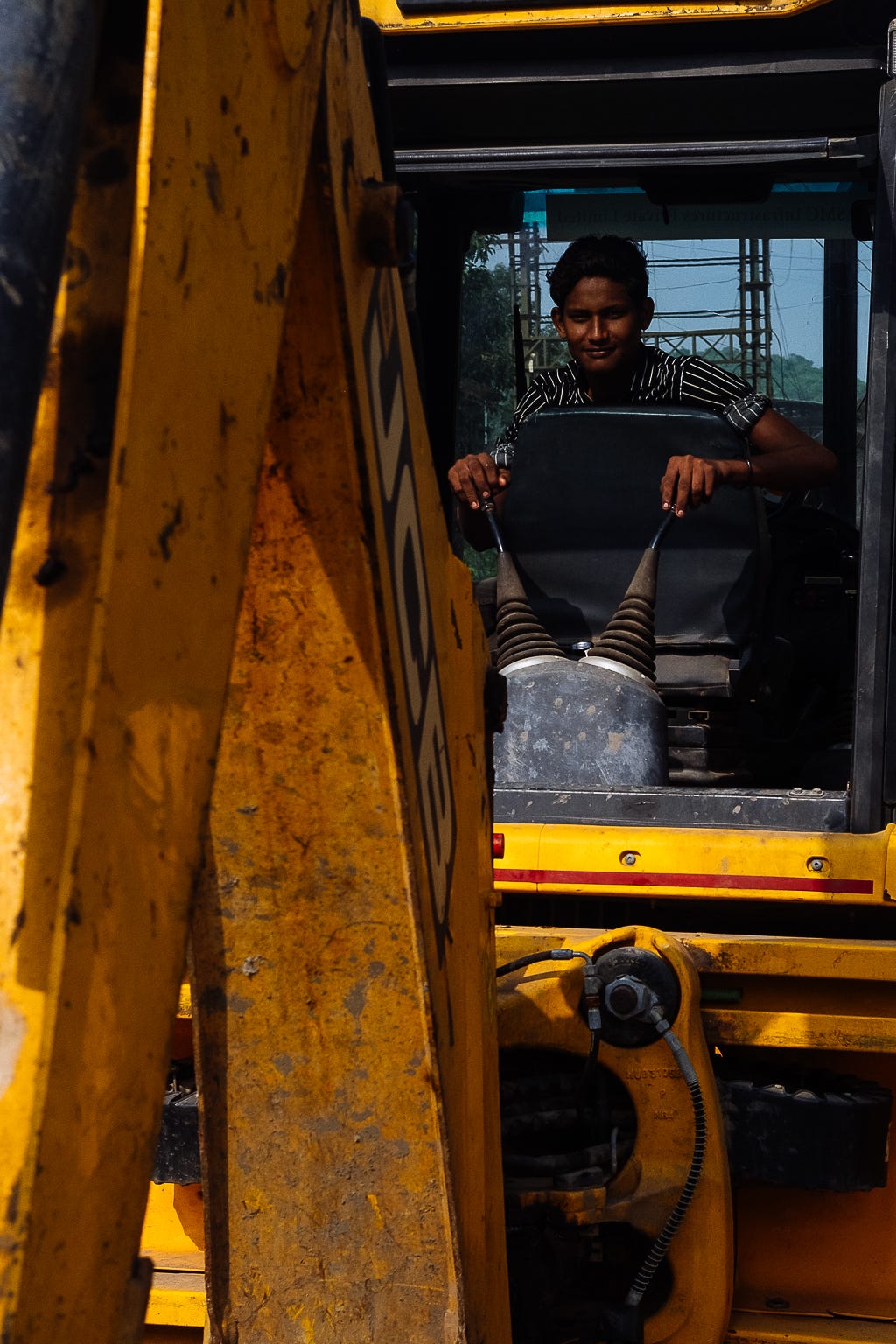
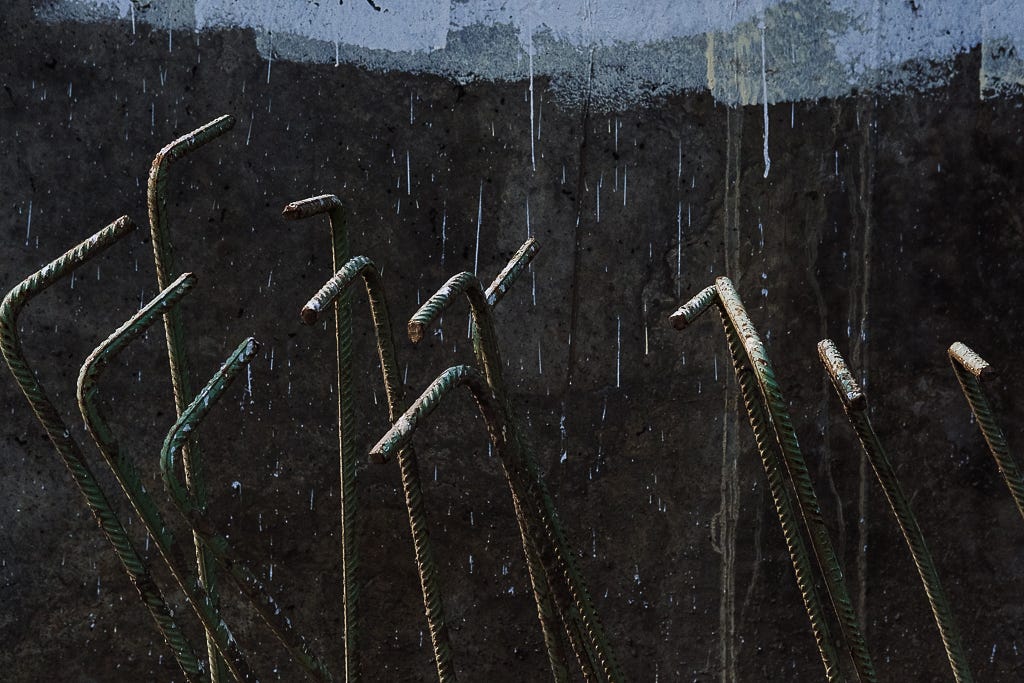
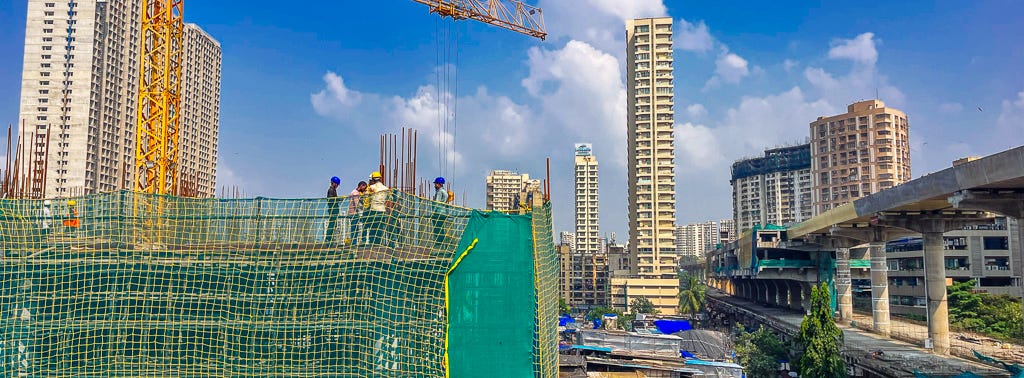
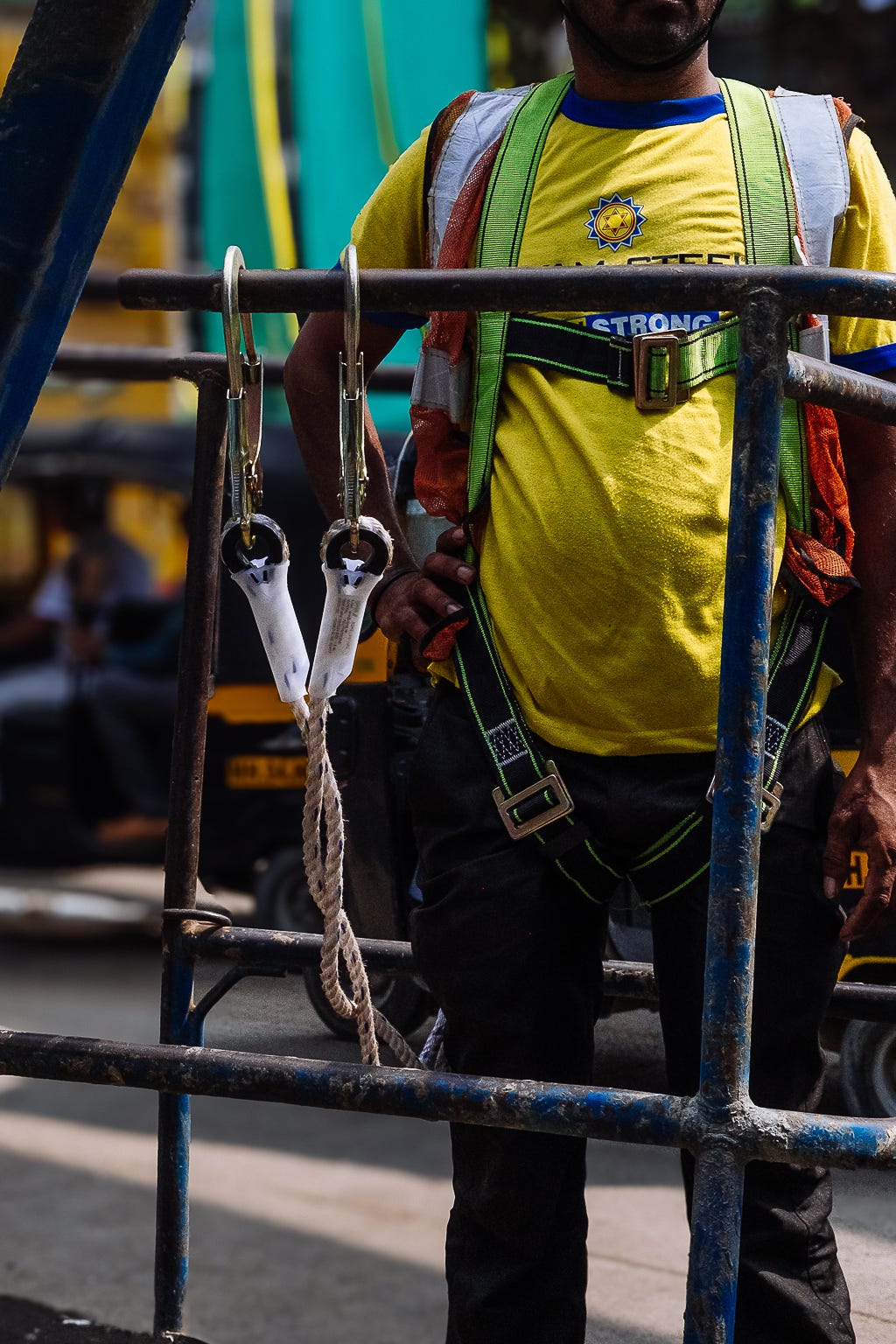
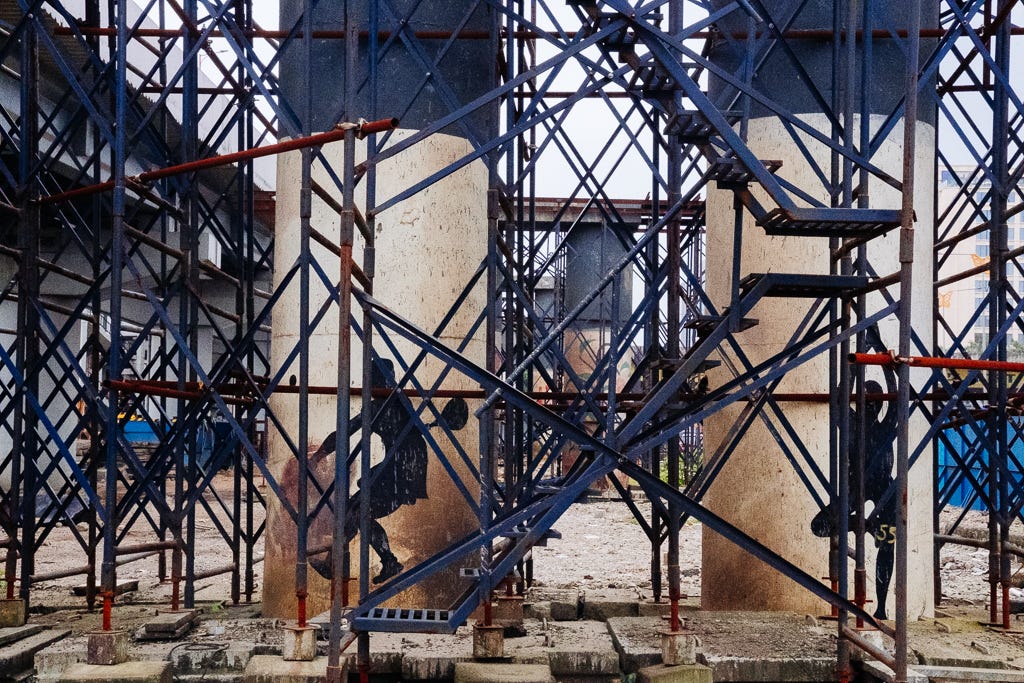

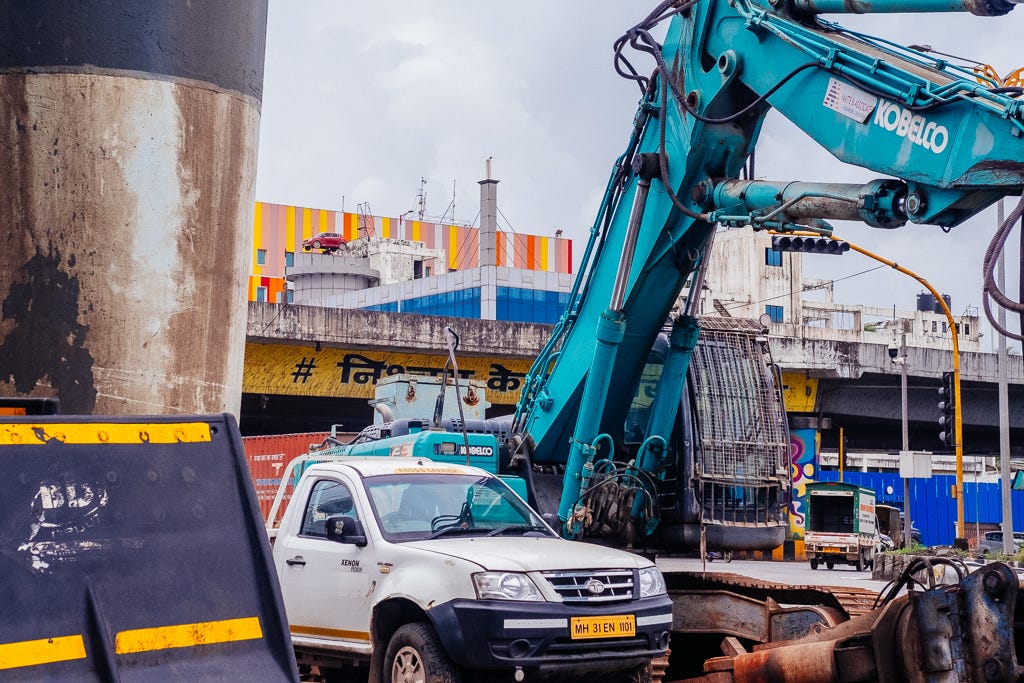



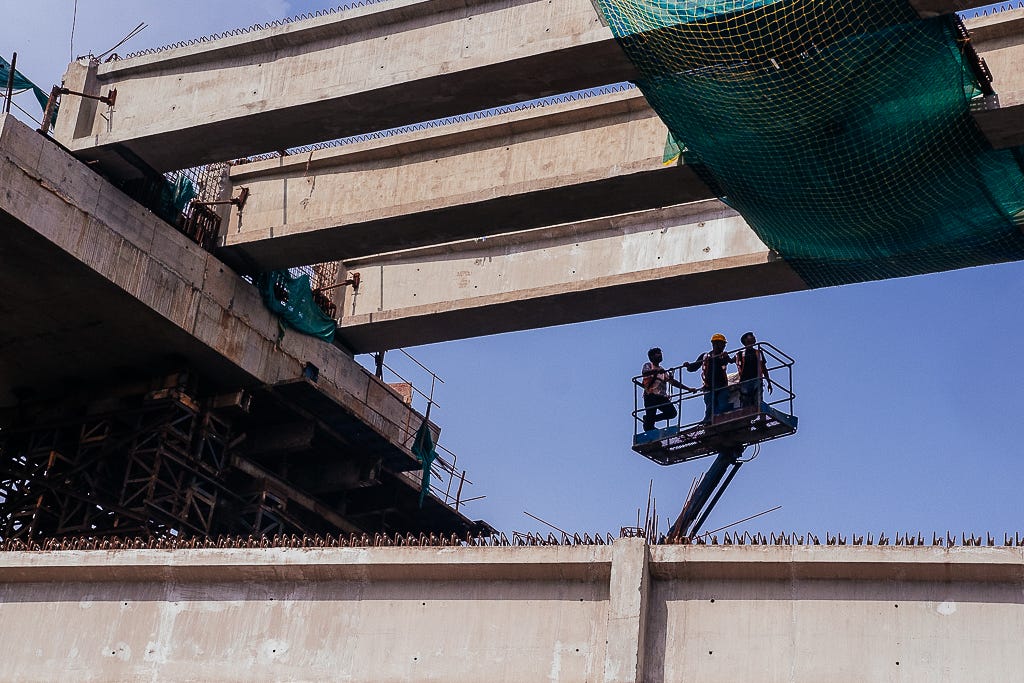

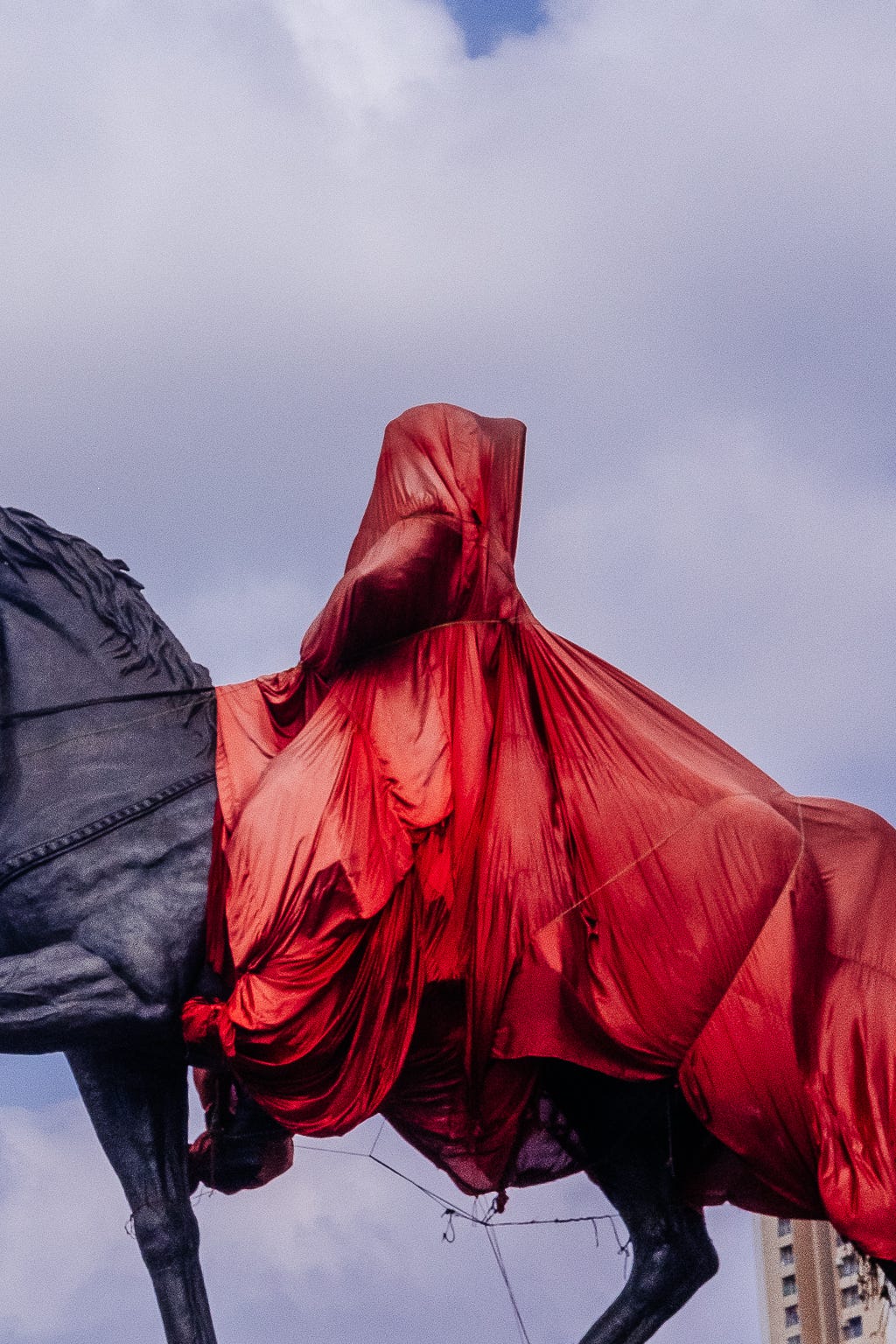
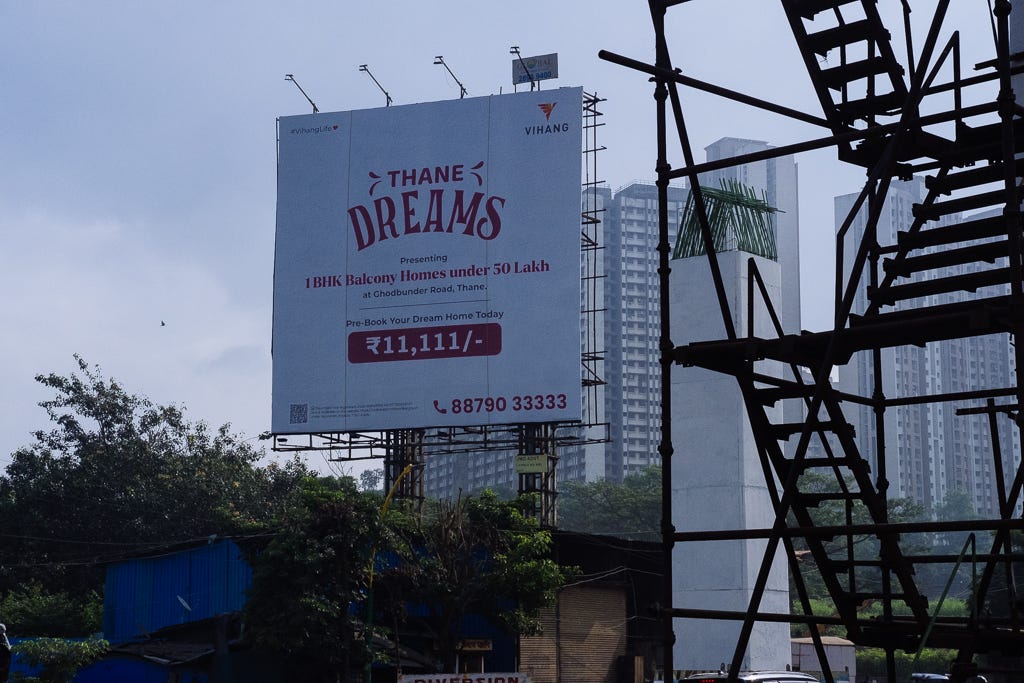




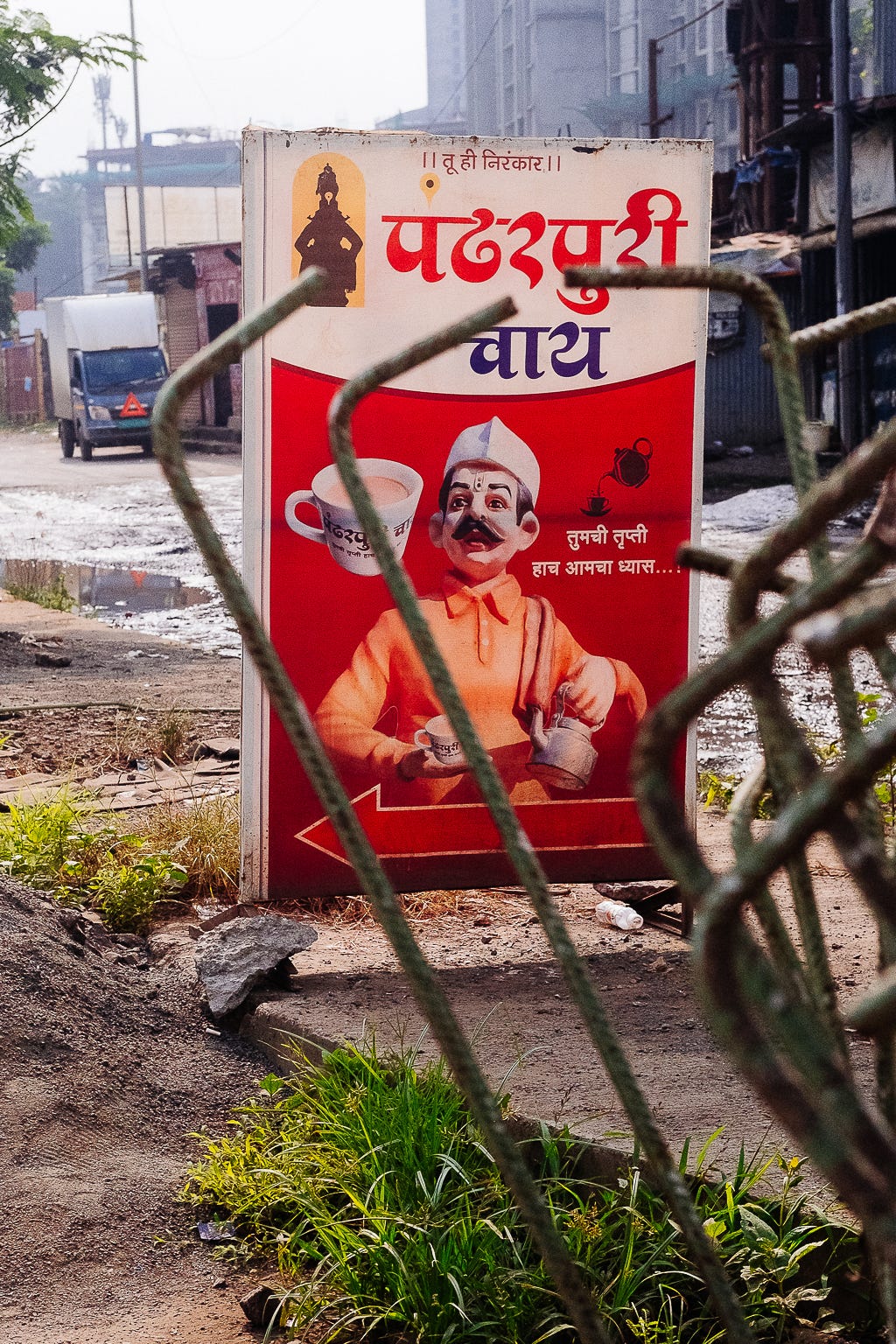

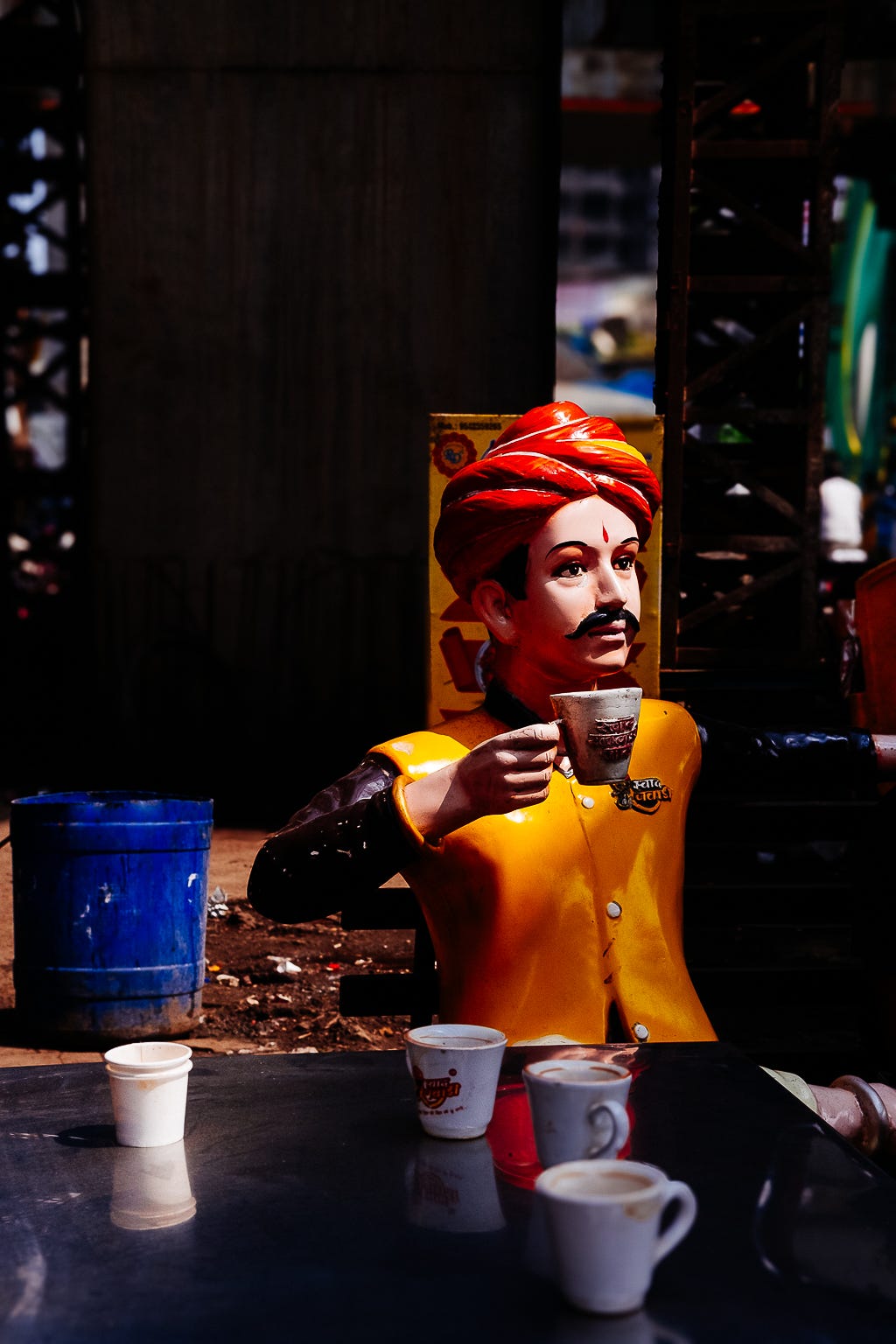
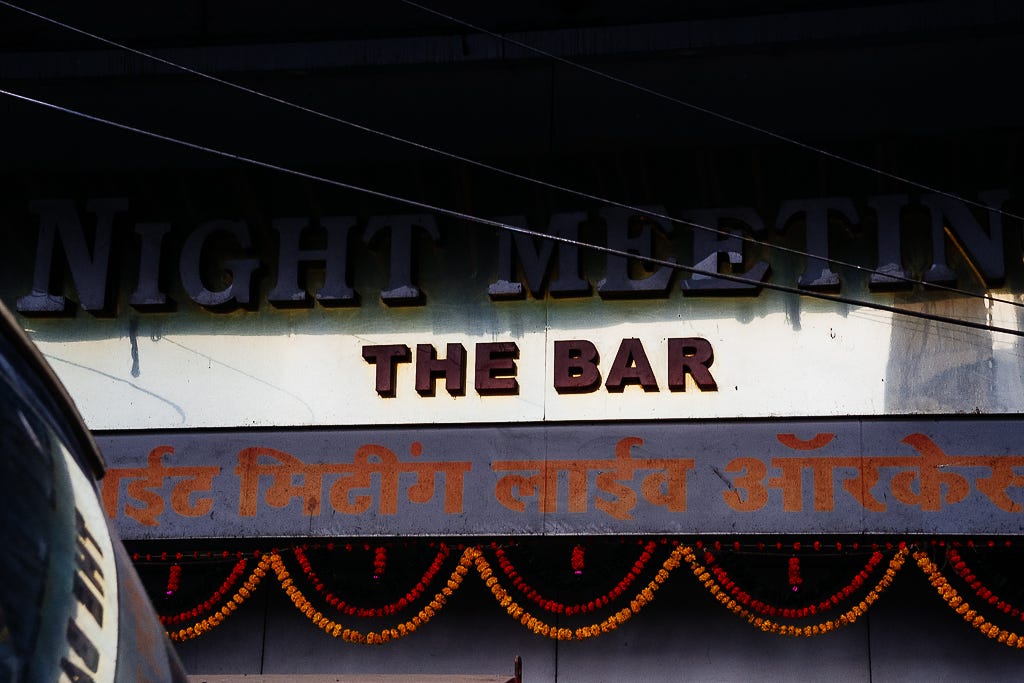
There is an architectural movement called Critical Regionalism which talks about the idea of building in context, using material that are locally available, responding to local climate and culture. Charles Correa, Laurie Baker, Nari Gandhi and a few others practiced this but the current trend is doing just the reverse sadly.
Only in Mumbai